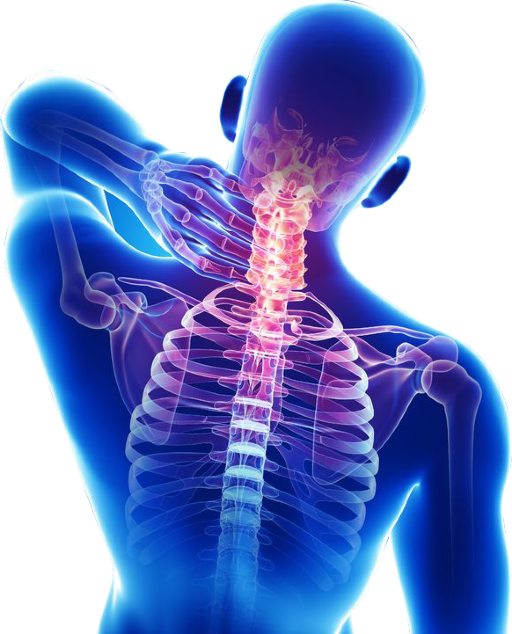Treatments Musculoskeletal Conditions Cervical Spondylosis

Understanding Cervical Spondylosis: Causes, Symptoms and Treatment Options
The primary cause of cervical spondylosis is the natural wear and tear that occurs in the cervical spine as we age. The intervertebral discs between the vertebrae gradually lose their elasticity and become dry, leading to reduced cushioning and increased friction between the bones. This process is known as disc degeneration.
Cervical spondylosis is a common condition that affects the cervical spine, the region comprising the neck vertebrae. It is primarily caused by age-related degenerative changes in the discs and joints of the neck, resulting in various symptoms that can significantly impact an individual’s quality of life. In this article, we will delve into the causes, symptoms, and available treatments for cervical spondylosis.
Causes of Cervical Spondylosis:
The primary cause of cervical spondylosis is the natural wear and tear that occurs in the cervical spine as we age. The intervertebral discs between the vertebrae gradually lose their elasticity and become dry, leading to reduced cushioning and increased friction between the bones. This process is known as disc degeneration.
Several factors can contribute to the development and progression of cervical spondylosis, including:
Symptoms of Cervical Spondylosis:
The symptoms of cervical spondylosis can vary depending on the extent of degeneration and the structures involved. Common signs and symptoms include:
Treatment Options:
The treatment for cervical spondylosis aims to alleviate pain, manage symptoms, and improve the patient’s overall function. The appropriate treatment plan may vary depending on the severity of symptoms and their impact on daily life. Here are some common approaches:
Common surgical procedures include discectomy, laminectomy, or spinal fusion, aimed at decompressing nerves, removing damaged discs, or stabilizing the spine.
Role Of Homeopathy
Cervical Spondylosis is a musculoskeletal disease, the symptoms can be alleviated by taking painkillers; but prolong use can cause numerous side-effects. At DR. SINGH’S HOMEOPATHY we alleviate the symptoms and along with physiotherapy, patient can have a long-lasting relief. If you or your known is suffering from Cervical Spondylosis; feel free to consult us.
Prevention and Self-Care:
While it may not be possible to completely prevent cervical spondylosis, adopting certain habits and lifestyle changes can help minimize the risk and manage symptoms:
Conclusion:
Cervical spondylosis is a common condition that primarily affects the aging population. While it can lead to discomfort and reduced mobility, proper diagnosis, timely intervention, and appropriate treatment options can significantly improve the quality of life for those affected. By adopting preventive measures and maintaining a healthy lifestyle, individuals can minimize the risk and manage the symptoms associated with cervical spondylosis effectively. Remember, if you experience persistent neck pain or related symptoms, consult at Dr. Singh’s Homeopathy for a thorough evaluation and guidance.

